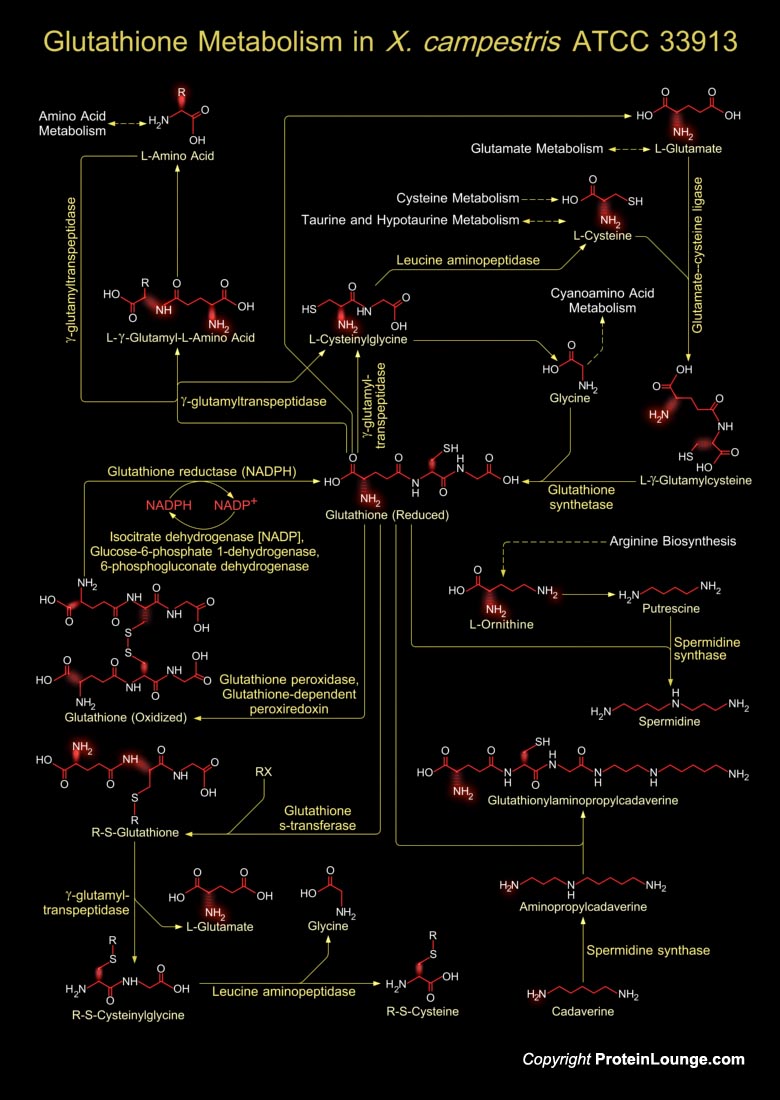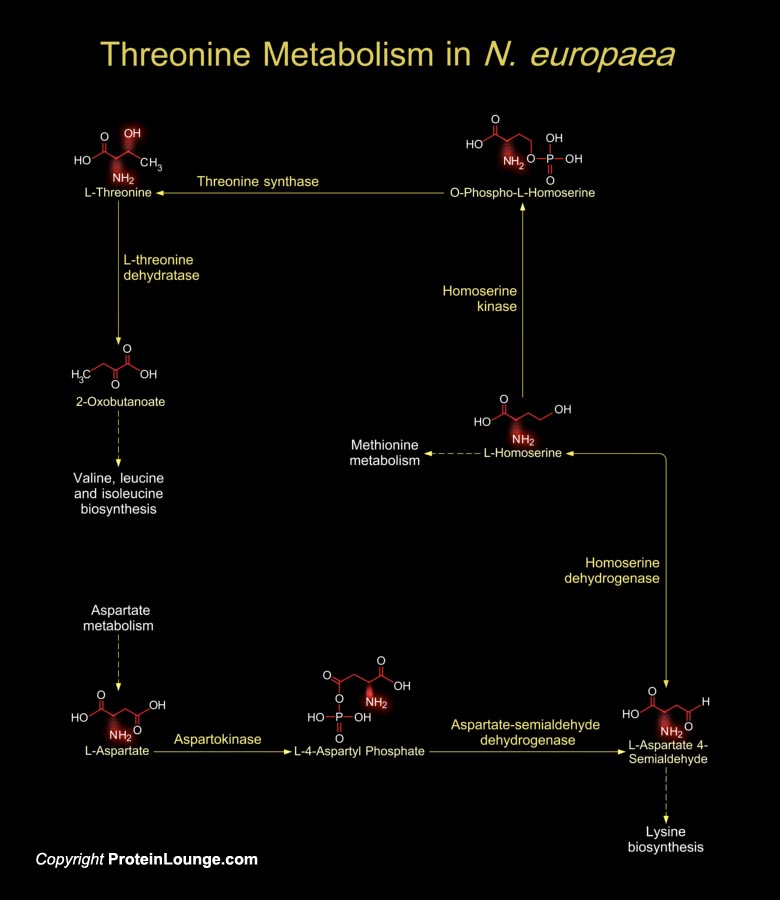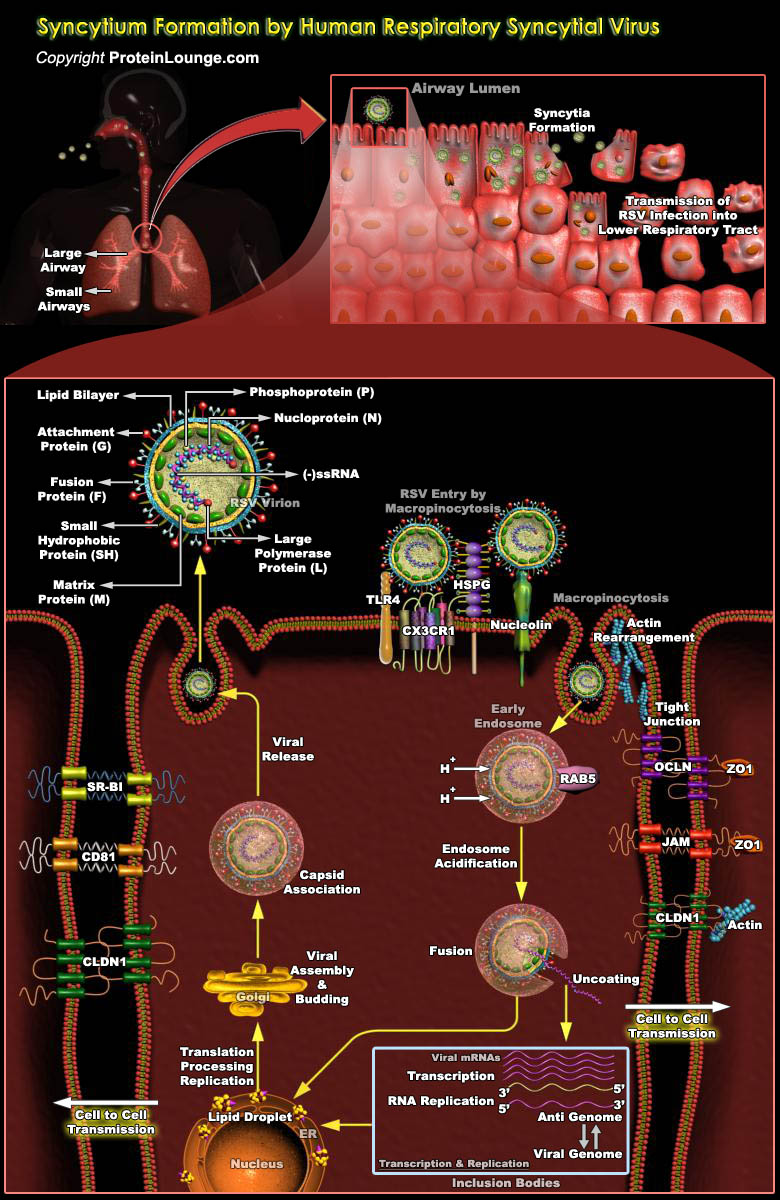Featured Pathways

Francisella is a genus of pathogenic bacteria. The type species, F. tularensis is a rod-shaped Gram-negative bacterium and is the causative agent of tularemia or rabbit fever. The bacterium is an aerobic pleiomorphic coccobacillus, which requires oxygen for growth, is variable in shape, with basic shape between a rod and a sphere, do not move by their own power, and do not form[..]

Gluconobacter oxydans is a Gram-negative bacterium belonging to the family Acetobacteraceae. It is a rod-shaped and obligately aerobic bacterium having a respiratory type of metabolism using oxygen as the terminal electron acceptor. It can grow in highly concentrated sugar solutions and at low pH values. It contains many membrane-bound dehydrogenases that are critical for the incomplete[..]

NO (Nitric Oxide) is a short-lived free radical gas involved in diverse physiological and pathological processes. It is produced along with L-Citrulline by the oxidation of L-Arginine and catalyzed by three different isoforms of NOS (NO Synthase). Type-I nNOS (neuronal NOS) and Type-III eNOS (endothelial NOS) are constitutively expressed as latent enzymes and require a higher concentration of[..]

Xanthomonas is a Gram-negative rod-shaped bacterium known for being a common plant pathogen. This bacterium is grown commercially to produce the exopolysaccharide xanthan gum, which is used to control viscosity and as a stabilizing agent in many industries. Xanthomonas affects many types of hosts, including citrus, beans, grapes, cotton, and rice. X. axonopodis[..]

Xanthomonas is a Gram-negative rod-shaped bacterium known for being a common plant pathogen. Xanthomonas campestris causes black rot, which affects crucifers such as Brassica and Arabidopsis. Symptoms include marginal leaf chlorosis and darkening of vascular tissue, accompanied by extensive wilting and necrosis. This bacterium is grown commercially to produce the[..]

Gloeobacter is a genus of cyanobacteria. Gloeobacter violaceus (G. violaceus) the unicellular cyanobacterium is the only known oxygenic photoautotroph which does not contain thylakoid membranes hence all membrane-bound bioenergetic processes take place in the green plasma membrane of this organism. G. violaceus is a rod-shaped, unicellular cyanobacterium[..]

Simple eukaryotes such as yeasts and molds encode multiple PAKs (p21-Activated Kinases) that, like their orthologs in other systems, act downstream of Rho-family GTPases. All PAKs contain an N-terminal PBD (p21 GTPase-Binding-Domain), which confers binding to small GTPases such as CDC42 (Cell Division Cycle-42) or Rac, and a C-terminal protein kinase domain, but they do not bind to Rho, Ras,[..]

Glutathione is a sulfhydryl (-SH) antioxidant, antitoxin, and enzyme cofactor. It is ubiquitous in animals, plants, and microorganisms, and being water soluble is found mainly in the cell cytosol and other aqueous phases of the living system. It is composed of Glutamate, Cysteine and Glycine that has numerous important functions within cells. Glutathione is homeostatically controlled, both[..]
-Mediated Signaling.jpg)
Axon regeneration is arrested in the injured CNS (Central Nervous System) by axon growth-inhibitory ligands expressed in oligodendrocytes/myelin and reactive astrocytes in the lesion and by fibroblasts in scar tissue. Growth cone receptors bind inhibitory ligands, activating a Rho-family GTPase intracellular signaling pathway that disrupts the actin cytoskeleton inducing growth cone[..]


As an axon grows, the growth cone at its advancing edge encounters specific ‘choice points’ at which guidance cues steer specific axons towards their appropriate destinations. Such cues may attract a subset of axons towards a given domain, repel axons from inappropriate target regions or simply provide a permissive substrate for axonal outgrowth. There are many different ways in[..]

Idiomarina loihiensis is a deep-sea Gamma-proteobacterium. The bacterial genome encodes diverse peptidases, a variety of peptide and amino acid uptake systems, and versatile signal transduction machinery. In contrast to obligate anaerobic vent hyperthermophiles, I. loihiensis inhabits partially oxygenated cold waters at the periphery of the vent, surviving a wide range of[..]




















